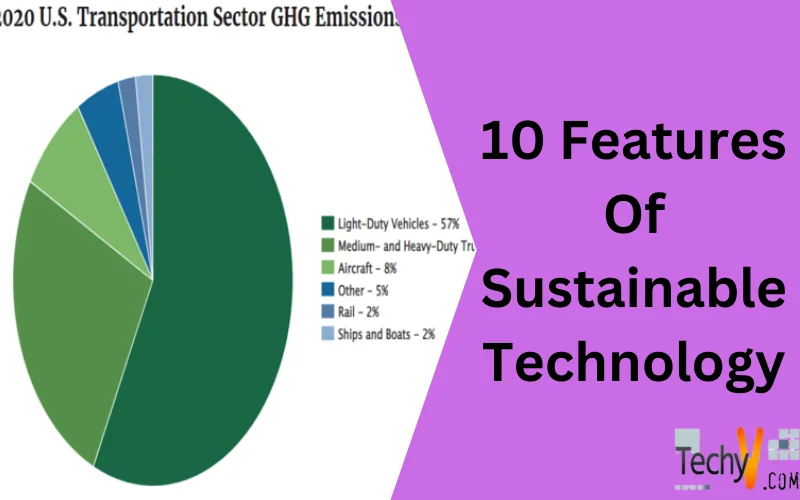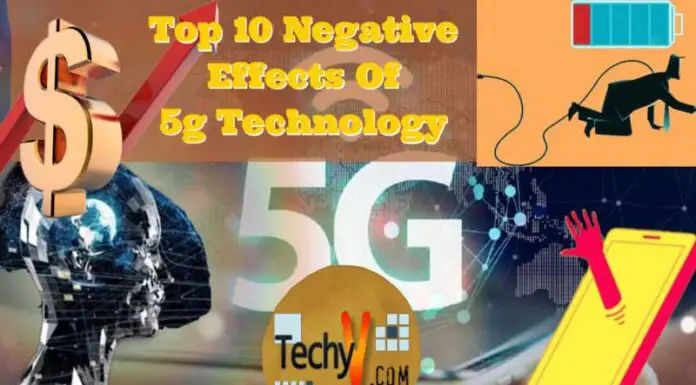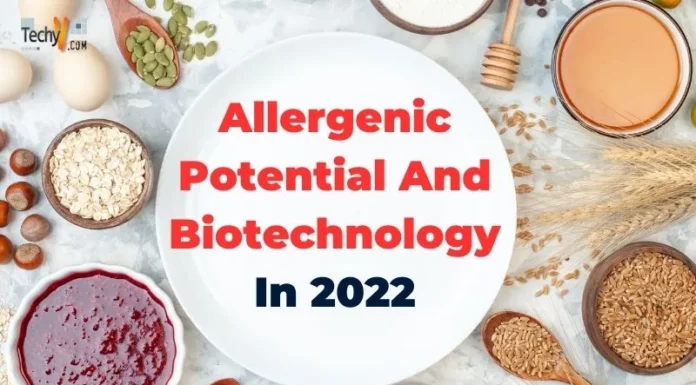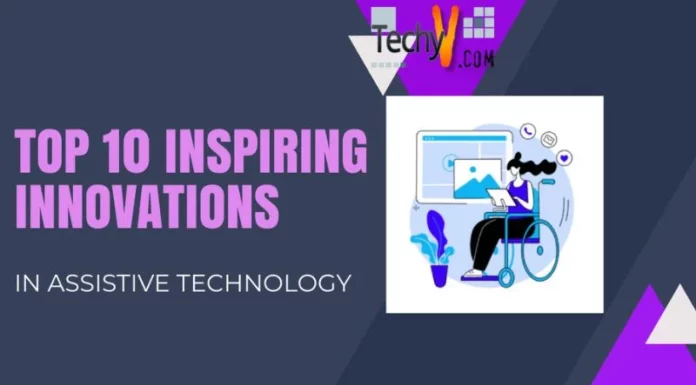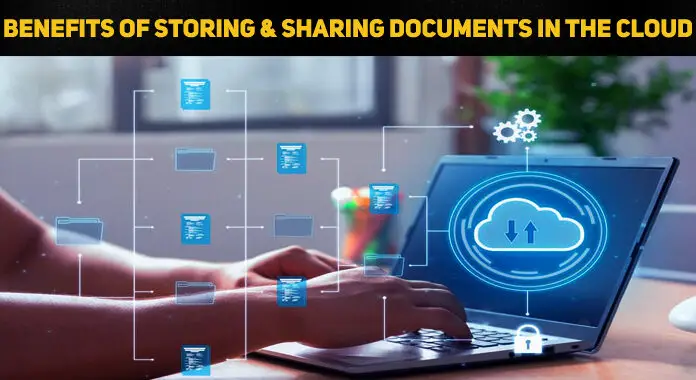What Is Sustainable Technology?
Sustainable technology is a broad term that means technologies that are considered natural resources and inspire the development of society and communities. The innovation’s goals are to lessen ecological and environmental risks dramatically risks and to offer sustainable products. The term sustainable technology is used in many ways:
- Substitution
The innovations promote a face change from non-biodegradable to biodegradable products during manufacturing. It returns non-renewable resources with renewable sources.
Why Is It Suitable For Business?
Sustainable technology for the environment has the probability of modifying public and private sectors. Sustainable technology reduces the negative environmental and social impact, making it easier for businesses to use their resources and maintain their reputation. Every company’s owner would like to be part of the solution and stay in line with social and environmental needs by executing sustainable solutions that enable businesses to persist in the game and help the environment.
Some Of The Features Of Sustainable Technology
- The application of technology has an essential means of greater human productivity and increases the standard of living.
- We need innovations, from materials to processes, un-thought of till now.
- Technology concentrating on sustainable development is vital to answering problems generated in the past and avoiding new ones in the future.
- Sustainable technology focuses on pollution reduction and a sustainable environment.
- Pollution prevention reduces unpleasant effluents, emissions, and wastes from consequences and processes that prevent the need for treatment and control.
- A preventive reach involves using smaller, non-polluting products, designing procedures that reduce waste materials, and pollutants and direct closing to other valuable purposes, thereby making recyclable products.
- Clean technology uses reduced fuel or different fuels to produce energy and creates little or no waste for industry, agriculture, and transportation.
1. Work From Home To Minimize Emissions
Businesses can help reduce carbon emissions by asking employees to work from home. If employees don’t drive their cars for two days a week, it can make a significant difference in digital presentation innovations like Zoom and Skype. Employees can associate with the team and do all the required work from their homes without influencing their productivity. They can have face-to-face gatherings with other employees and clients without being in the same room. They don’t have to be present. Suppose all the business worldwide starts doing this. We can lessen emissions significantly.
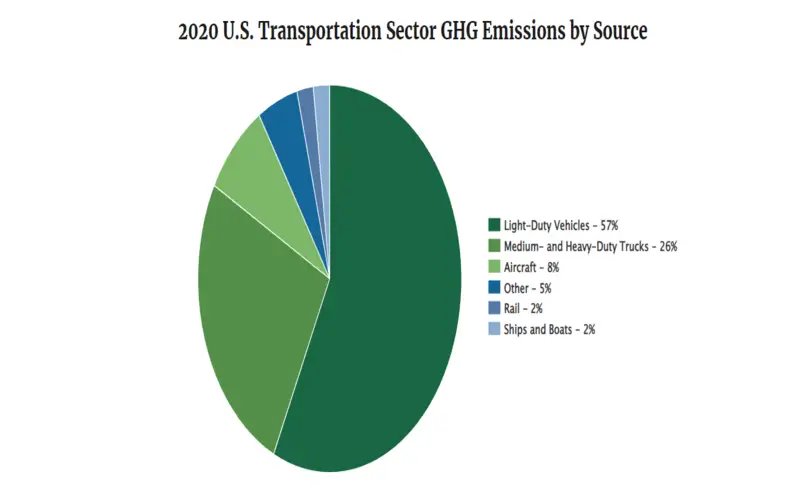
2. Eco-friendly Constructing Machinery
The real estate industry is the support of a country’s economy. Building new housing units, public structures etc is essential for the economy. Building a business is frequently one of the significant enhancements to carbon emissions. Sustainable use of heavy machinery for long hours has led to high emissions and energy ingestion. But things are changing now. With innovative green innovation tools like intelligence, contractors allow the building crew to promote greater efficiency. It minimizes electricity and fuel consumption significantly, hence minimizing environmental impact.
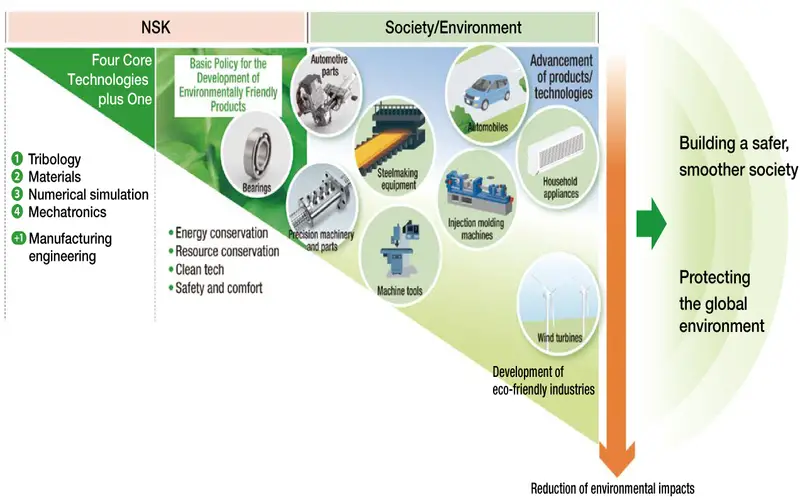
3. Energy-efficient Data Centers
Computers may not emit any toxic vapour as they work, but they do need a lot of electricity, and most ability sources use fossil fuels. Data centers that host big servers provide millions of plenty of pollution from the energy they dominate. Many companies are transferring to energy-effective data centers. Advanced servers that need less energy can reduce the carbon footprint. Cloud computing is another innovation that minimizes energy expenses and emissions. With cloud computing, you don’t need physical structure to work.
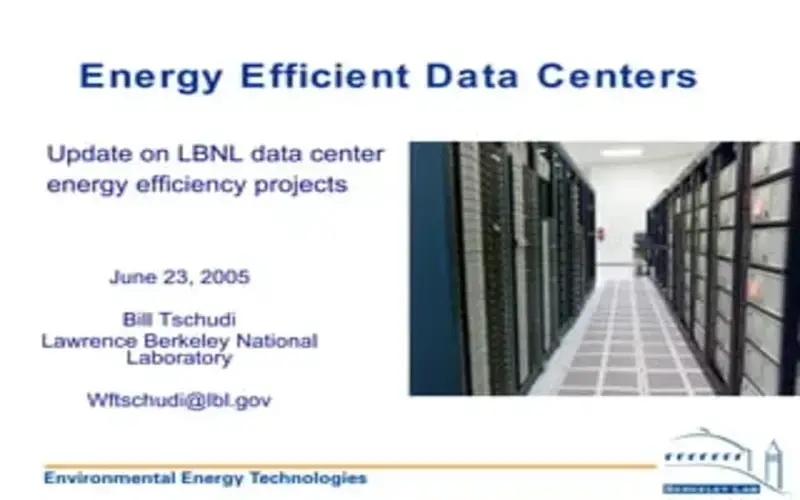
4. Wireless Power Transfer
Wireless Power Transfer is entirely an innovative technology. Instead of transforming power through wires, wireless power convey uses magnetic fields to charge electronic parts without any physical interrelation. Wireless power conveys systems can power transforms through the road, enabling electric vehicles to proceed over long distances. The technology is still in its infancy, but businesses are willing to experiment and create it commercially. These innovations can minimize carbon footprints substantially by making electric transportation practical.
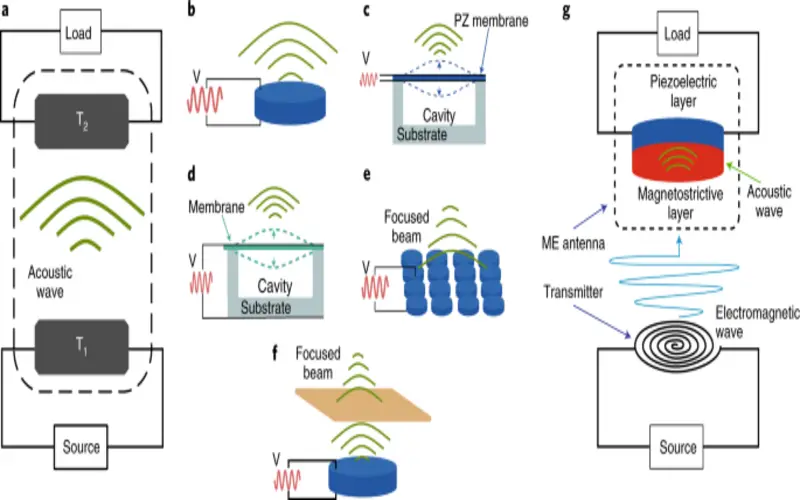
5. Track Energy Expending With IoT
Small companies can use IoT or Internet of Things innovation to go green. Small companies can use IoT terms, a network of appliances contours with sensors that send information to the primary database. Data is evaluated and transferred into information that people can use to know how well their appliance works. This technology ensures that refrigerators are conserving the proper temperature to minimize food wastage and save money. Constructing can also use IoT to observe the performance of their heavy machinery. Some innovations are helping small and big businesses to go green. Companies are willing to incorporate these innovations into their business.
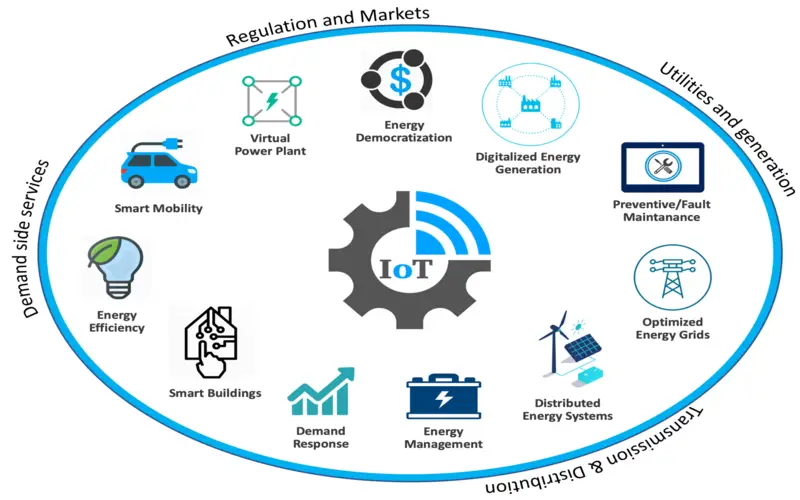
6. Renewable Energy Sources
The presence of solar panels, wind turbines, geothermal and hydroelectric power sources are many enterprises widely adopting all examples of renewable energy. It’s anticipated that there will be another enterprise revolution soon, and renewable energy will be the operating force behind it. Renewable energy sources may be valuable to merge into a city right now. Still, maximizing demand will make renewable energy sources more rapidly available and cost-efficient.
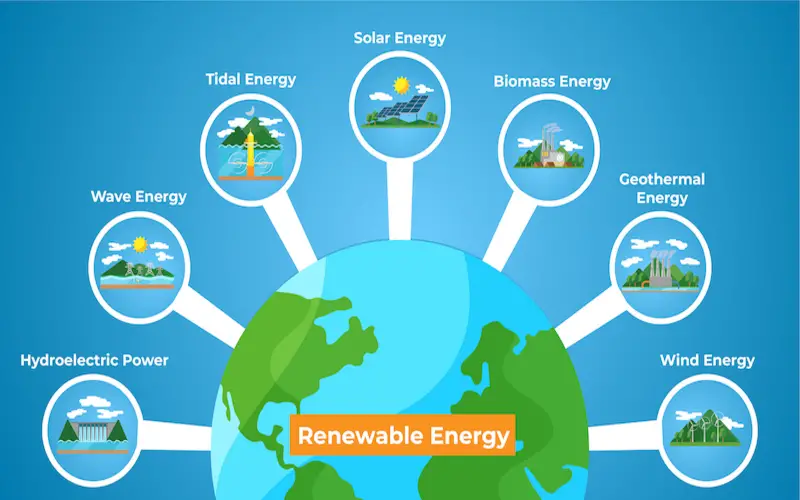
7. Energy Efficiency
It is a vital feature, concentrating on developing innovations that evaluate resource use and reduce energy consumption. From smart innovations and energy-effective manufacturing to enterprise processes designed to minimize waste, these technologies play a critical role in diminishing the environmental effect associated with energy production and expansion.
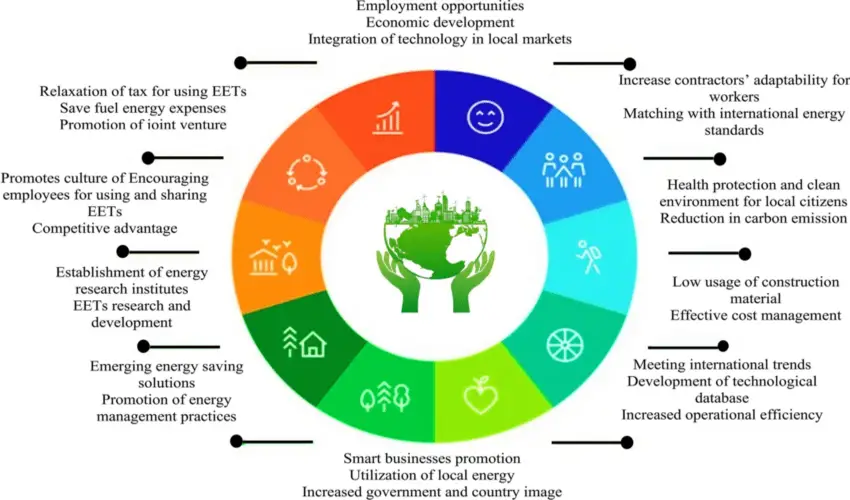
8. Recycling And Circular Economy
The principles form of sustainable innovation. Technologies that lead to recycling, reuse, and the generation of a circular economy help to reduce waste and strain on natural resources. By designing materials and systems with a lifecycle reach in mind, sustainable technology provides to a more sustainable and recreating economic model.
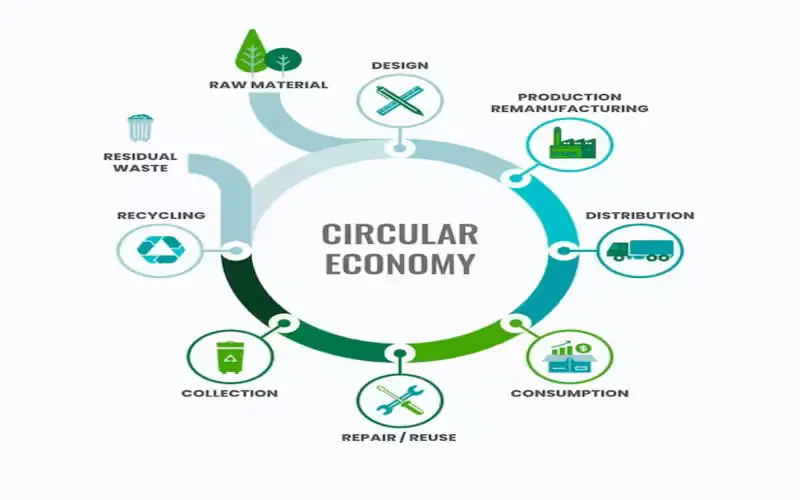
9. Smart Grids
The adoption of intelligent grids presents a central feature in sustainable technology. Smart grids purchase advanced communication and control innovations to improve the effectiveness and reliability of energy distribution. These grids allow better organization of energy resources, incorporating renewable sources, and responsiveness to variations in demand, eventually contributing to a reliable and sustainable energy structure.
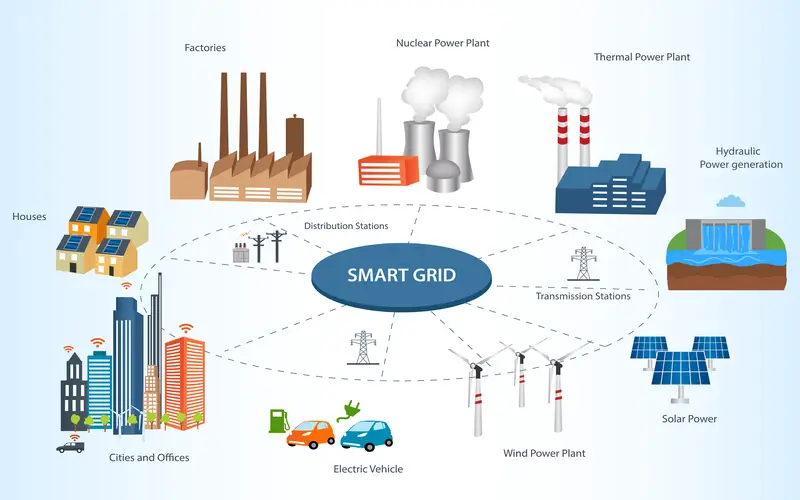
10. Green Building Materials
It plays a critical role in sustainable architecture and manufacturing. From recycled products to low-effect composites, using environmentally friendly manufacturing products minimizes the environmental footprint of construction projects. These features adjust with the broader goal of making a more sustainable and eco-friendly urban environment.



